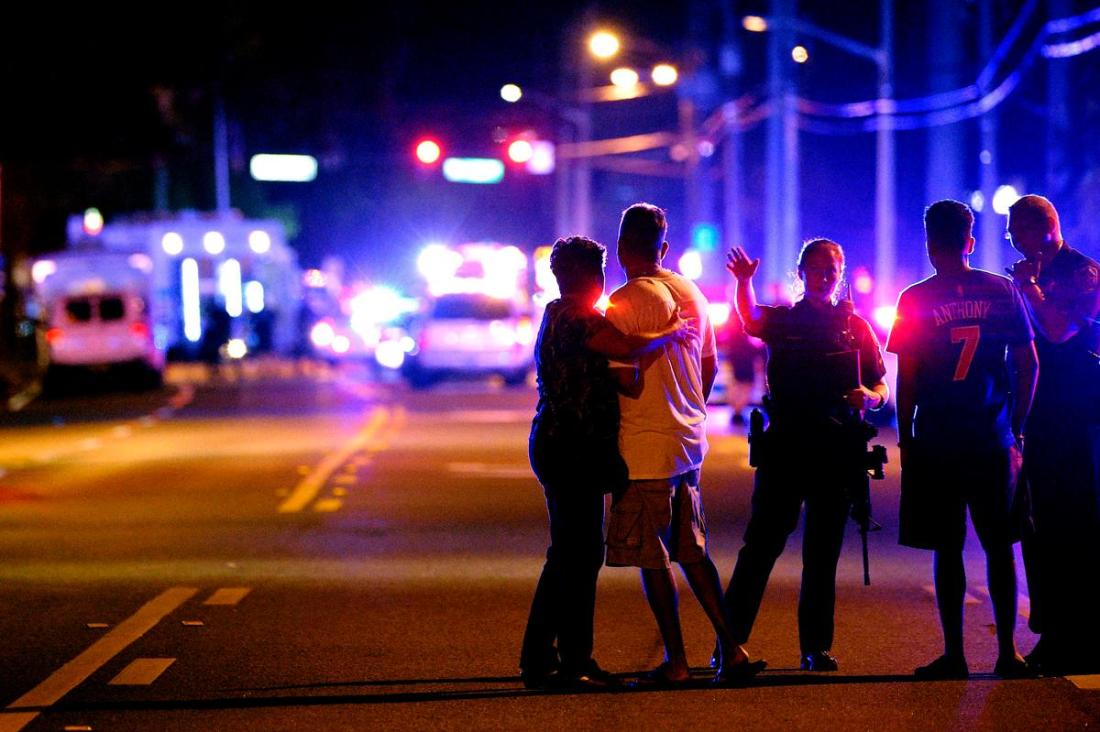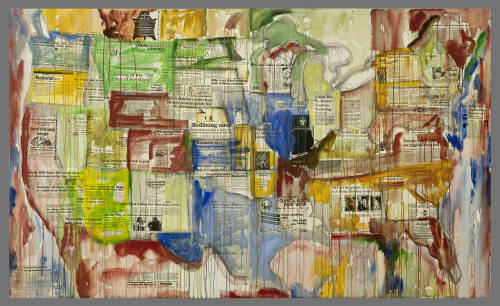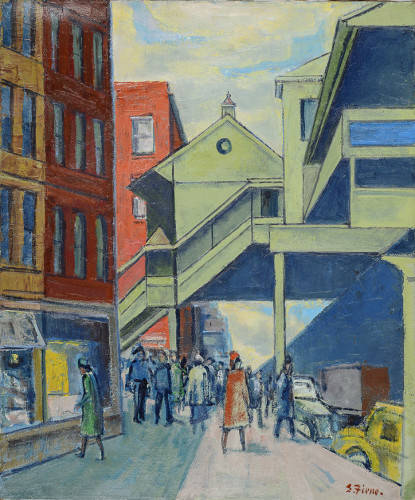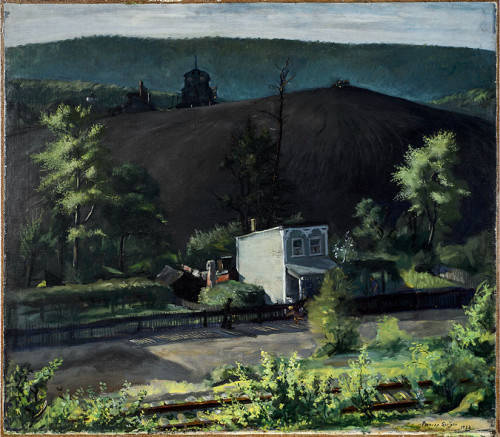As everyone knows, faith is a very personal thing. What an individual believes in, whether it be religion or other beliefs, shapes the way that person views and forms opinions about the world. My personal beliefs center around helping others and treating everyone equally. My beliefs stem from my religion as Hinduism preaches both of these values. The video “First time ever in the World, a Grand Symphony of a 1000 Sitarists – Raag Hansadhwani” showcases a type of music that I have heard my entire life. There is a beauty in the sound that I believe everyone can appreciate, even if they do not share my faith. The music sounds very celebratory and joyful, which is exactly something that I believe diversity has the power of bringing to all communities. Although I am not as religious as other people in my family, I do understand that the upbringing I had celebrating large Hindu holidays such as Diwali and Tihar have had a lasting impact on the way I view contemporary issues.

Although I believe diversity can do nothing but help communities, not everyone has the same viewpoint as I do. The Pulse Nightclub Shooting that occurred on June 12, 2016 in Orlando, Florida was the worst hate crime to have ever occurred in United States history. This mass shooting, which left 49 people dead, was targeted toward the members of the LGBTQ and Latino communities in Orlando. The shooter, Omar Mateen, pledged his allegiance to ISIS prior to attacking the nightclub, making this tragedy a terrorist attack. The article, “One Year Later: The Pulse of Orlando” describes the healing the city went through in the wake of the attack. A large amount of legislative action was taken in order to prevent such a terrible event from happening again. A point that is repeated multiple times throughout the article is the necessity of “organizations and institutions founded by people of color, for people of color”. The Orlando shooting had a large impact on me because it followed shortly after a family was murdered in my hometown. I do not enjoy talking about this because although I did not know the victims personally, I was in a club with Nina and she did not deserve to die at the age of 15. Something that mass shootings have taught me about myself are that I cannot stand the idea of people harming others because they are different than themselves.

Mass shootings have a way of sucking the hope out of us. Every time another one happens it makes me lose faith in humanity a little bit more. However, the article “What I Learned About Community from a Maximum-Security Prisoner” restored some of my faith. This article details the story of a maximum security prisoner, Clifford Powers. Powers is serving 45 years in prison for first-degree murder. His letter to columnist Courtney Martin depicts the community that is built in prison. Although many of us would think this is a very unlikely place to have a strong community, Powers knocks down the ideas of prison we outsiders have. He describes how prisoners, especially those in maximum security prisons, have a bond that makes them help one another at all costs. He states, “There is something about knowing that you’re potentially doing decades together that induces a long-term view and a mutual dependence to survive that short-timers don’t have.” Reading this article made me realize that even maximum security prisoners share some of the same values that I do.
As values and faith are two ideas that are very closely intertwined, the TED Talk “Misconceptions of Islam and Muslim Life” addresses the issue with the large amount of media attention on the Middle East. Bassam Tariq, a blogger, filmmaker, and halal butcher speaks about his experiences being Muslim and how even his own community has come away from values that he grew up with. He speaks about his film “These Birds Walk” which showcases the troubles children face in Pakistan as they grow up on the streets. Tariq describes how some people close to him told him to include drone strikes and military action in his film to make the issue “more current”. He did not include either of these in his film as he believes the issues these children face are equally relevant. Bassam Tariq also speaks about his halal butcher shop in New York. He states that most of his customers are not Muslim, which speaks to the diversity his shop brings to New York as the shop is a way for people to begin to understand Islam and the values it places importance on. Tariq places great importance on diversity as it is what makes us unequivocally human. I agree with his views as he believes that what makes us different in the end makes us more similar than anything else.



